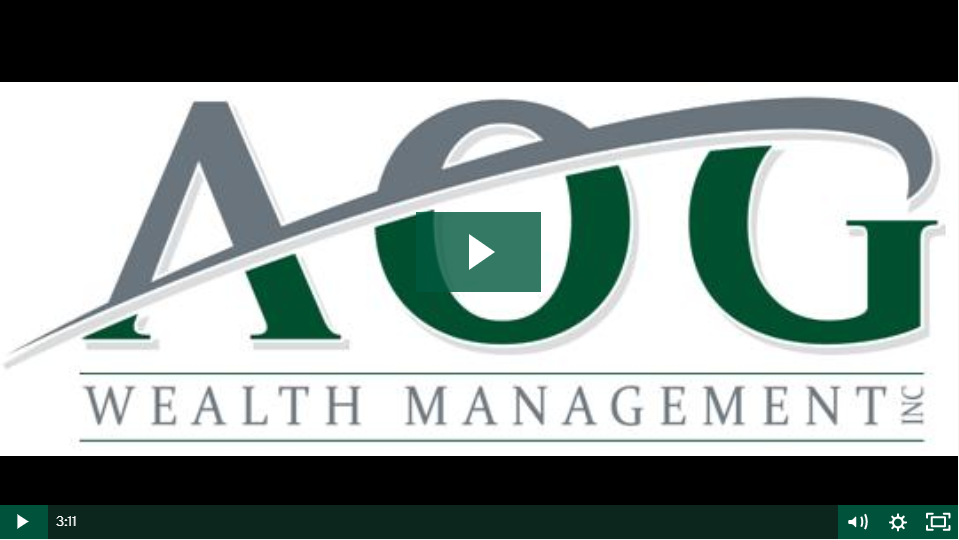Private Equity now Accessible to Main Street
March 11, 2020
Jim Ortlip, CFP ®
Private Equity now Accessible to Main Street
As of the end of the 3rd Qtr., 2019 US Private Equity has achieved an 11.71% annualized return over the past 20 years as measured by Cambridge Associates in their US Private Equity report issued for the 3rd Qtr., 2019. This is greater than most major public equity indexes, including the S&P 500, which enjoyed an annualized rate of return of 6.33% during that same period.
While there are many types of PE Funds, the most common consist of leveraged buyouts or growth capital. These types of funds will evaluate both public and private companies to determine if they are maximizing their value. If the PE funds feel the companies could benefit from certain changes to their business structure or plan, they will acquire the private companies or purchase and take private the publicly traded companies. They will then spend the next few years improving the operations of the company and then either take the company public or look to sell to a private buyer at some multiple to the purchase price in the hopes of providing attractive return to PE fund investors.
PE Firms and their PE funds have, since their inception, largely been the playground of the Ultra High Net Worth individual or institutions such as endowments or large pension funds. There are many reasons this has been the case. In recent years, PE funds have raised upwards of $1 billion+ per fund. To keep administrative costs to a minimum the funds would have commitment minimums of $5 million+, thereby keeping the number of investors to a minimum. The funds can often last 10 or more years before investors begin receiving their investment back. Unlike public stocks, where you can find a buyer pretty much any minute of any day, historically there has not been a very liquid secondary market for investors in PE investments. As a result of the large minimums, long lockup periods, and lack of a secondary market this sort of investment has remained out of reach of the average investor.
While participating in PE may be attractive, the returns achieved in the public markets have been satisfactory, although with considerably greater volatility. However, in recent years there has been dramatic change in both the public equity and private equity markets. Since 1998 the number of us publicly traded companies have shrunk by more than 50% from 7,562 to 3,473 in 2019. This compares with 5,954,684 US private companies. Larger administrative costs borne by publicly traded companies resulting from ever greater regulatory requirements such as Sarbanes Oxley, have caused private companies to wait longer to go public so they are better able to handle the regulatory costs. As a result, it can be argued that a great deal of the growth of these companies is being realized while they are still private and there are more private companies than publicly traded companies now more than ever.
The good news is Private Equity has evolved in recent years. A more active secondary market, still not anything like the publicly traded markets, has developed that enables investors in PE Funds to seek liquidity that was not available to them as recently as 10-15 years ago. The average investor is still not able to participate in this secondary market. However, companies have emerged that put together a fund of funds that are available to accredited investors. The advancement of technology and the growing uniformity of evaluating private companies has enabled companies to establish funds that will purchase interests in available PE funds on the secondary market. This type of fund benefits investors in many ways. Normally when an Ultra High Net Worth investor commits to a single PE fund it is a blind pool meaning the investor does not know what companies will ultimately be in the fund. The investor is trusting the PE Firm to choose good companies for the fund. When the fund of funds purchases interest of PE Funds on the secondary markets, these PE funds already have many companies in them which can be evaluated to gauge the potential success of that PE fund. The fund of funds will have multiple PE funds in it thereby enabling the investor to spread their exposure over many PE funds thereby reducing risk. These funds mostly carry a $25,000 minimum investment and provide potential liquidity on a quarterly basis after being invested for one year.
Please feel free to call us at AOG if you have any questions about this article.
Jim Ortlip, CFP ®
Jim Ortlip, CFP ®
Disclaimer:
The information, analysis, and opinions expressed herein are for general and educational purposes only. Nothing contained in this commentary is intended to constitute legal, tax, accounting, securities, or investment advice, nor an opinion regarding the appropriateness of any investment, nor a solicitation of any type. All investments carry a certain risk, and there is no assurance that an investment will provide positive performance over any period of time. An investor may experience loss of principal. Investment decisions should always be made based on the investor’s specific financial needs and objectives, goals, time horizon, and risk tolerance. The asset classes and/or investment strategies described may not be suitable for all investors and investors should consult with an investment advisor to determine the appropriate investment strategy. Indices are unmanaged and their returns assume reinvestment of dividends and do not reflect any fees or expenses. It is not possible to invest directly in an index. Information obtained from third party sources are believed to be reliable but not guaranteed. All opinions and views constitute our judgments as of the date of writing and are subject to change at any time without notice.

